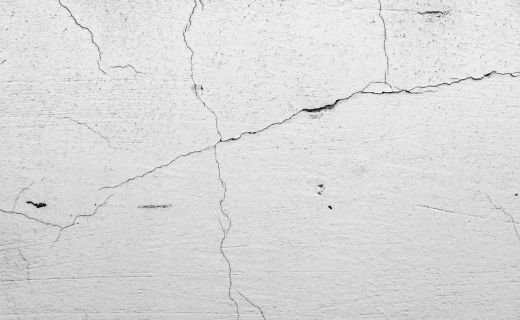
At 20mcc, we know how important it is to keep your home or office safe and strong. Wall cracks aren't just about looks—they could mean there are bigger problems that might cause serious harm. Throughout this guide, we've highlighted effective strategies to prevent wall cracks, prioritizing the long-term safety and durability of your property. Addressing the root causes of wall cracks is our commitment at 20MCC. These cracks often happen because of different reasons like not building things right, the ground moving, changes in weather, or water getting in. To fix these problems, Cracksil, our modified polymeric powder acting as a water-repellent adhesive in construction, stands as a key solution to counter these vulnerabilities. Its non-shrinking, weather-resistant nature makes it an essential wall crack filler, proficient at addressing cracks of up to 6mm.. Building a strong foundation is super important to stop wall cracks. At 20mcc, we focus on making sure the base of your building is really strong. This helps it handle things like changes in the environment and stops it from getting cracks. To stop wall cracks, handling moisture is a big deal for us at 20mcc. We focus on sealing up any places where water might get in by using special coatings. Our specialized solution Tigersil, a cool liquid that's really good at keeping water away. It's easy to put on walls, inside and outside, without causing damage. Tigersil helps fix problems like leaks on terraces and damp walls by making them waterproof. Consistent inspections are a cornerstone for us at 20mcc. We stress the importance of routinely checking buildings as a proactive approach. Spotting early signs of stress or possible cracks enables us to take quick action, preventing small concerns from evolving into major structural issues. Our experts conduct thorough assessments to address potential problems before they escalate. Our commitment at 20mcc extends to using top-notch materials in all our endeavors. When it comes to preventing wall cracks, we employ high-quality sealants, reinforcing agents, and construction materials. This dedication ensures durability, reducing the likelihood of cracks forming over time.Understanding Wall Cracks and Their Causes
Strengthening Foundations: A Crucial Step
Moisture Management: A Definitive Shield
Regular Inspections: The Key to Timely Action
Reinforcing with Quality Materials: A Guarantee of Durability
Conclusion:
At 20mcc, our mission is to offer comprehensive solutions that prioritize the structural integrity of your space. Preventing wall cracks requires a multi-faceted approach, ranging from solid foundation work to proactive maintenance measures. By understanding the causes and implementing preventive strategies, we strive to shield your property from structural vulnerabilities. Remember, safeguarding against wall cracks is not just about aesthetics; it's about ensuring a safe and resilient space for years to come. Reach out to us at 20mcc for tailored solutions designed to fortify your property against the perils of wall cracks.